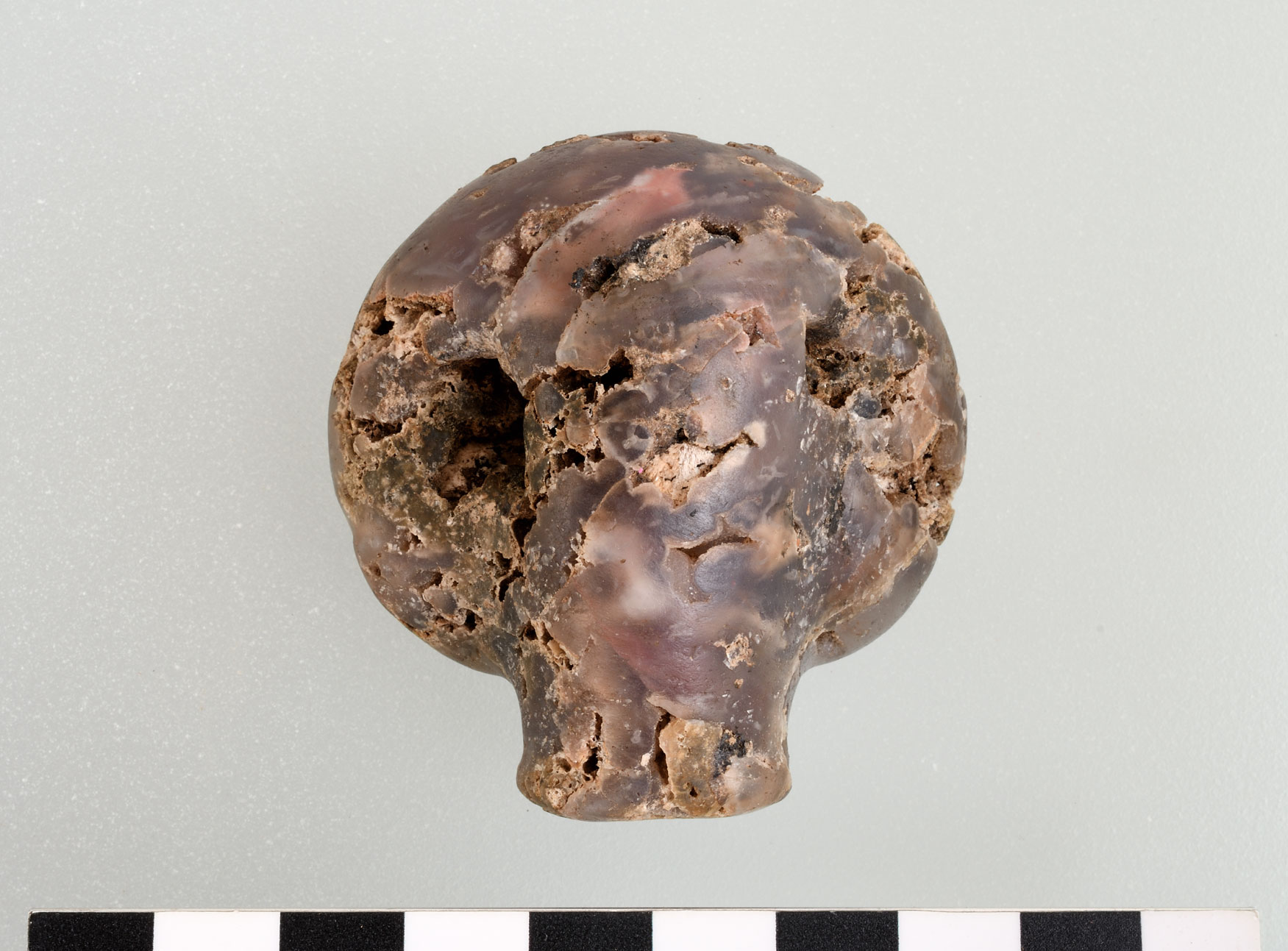During 2022 campaign only Western and Eastern Koms were examined. On the Eastern one works were conducted in two main trenches: Northern and Southern.
Western Kom
The most important were work in the brewery which can be dated on Tell el-Farkha phase 2 (Naqada IID). The shape of bricks, the regular line of the external brick walls, the form and location of ovens attached one to another and finally the brick foundations for big clay vats, all this was precisely planned before installation (Fig. 1). In deepest layers constructions typical for Loweregyptian culture (Tell el-Farkha phase 1) were recognized: mud brick walls as well as relicts of wattle-and-daub architecture (Fig. 2). The chronology of excavated layers was confirmed by pottery characteristic of Loweregyptian culture (Fig. 3).



Eastern Kom Northern Trench
The excavations were carried out on the area to the north of the big mastaba. We continued work in the same trench as in 2013 and explored layers 3.20-2.90 until we reached ground water.
Discovered structures and the objects could be dated to the 3rd phase of Tell el-Farkha (Naqada IID2/IIIA1). A huge complex with square courtyard about 9 m x 9 m surrounded from the north and west by elongated rooms was discovered (Figs. 4-5). The southern part of the complex is going under the mastaba. Interior of the rooms was full of pottery fragments as well as complete vessels of different sizes, from small bowls and globular jars to big storage jars. Among the small artefacts a clay label (Fig. 6) with incisions forming a cross and a flint butchers knife are most interesting (Fig. 7).




Eastern Kom. Southern Trench
In the area of the great mastaba, two rooms were excavated. The activity concentrated at the lowest levels of the rooms and the shaft located inside main chamber (Fig. 8). On East from the mastaba four rooms dating to the Tell el-Farkha phase 3 were explored (Fig. 9). The pottery fragments, a few complete or almost complete small jars, flints, stones, and animal bones suggests the structure was of a typical household use. Among the small objects, a stone figurine representing probably an elephant (Fig. 10) is the most important.




